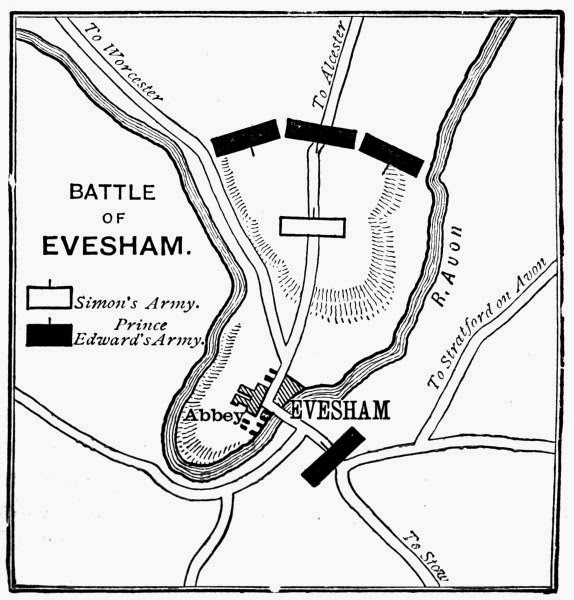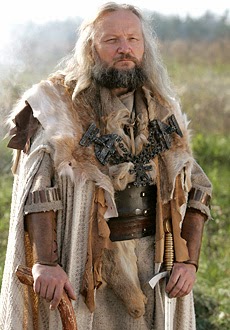 |
| Treatise on Musical Intervals, by Jean de Muris |
Born near Lisieux about 1300 (he died c. 1351), he studied at the University of Paris and spent a lot of his time there as well as at Evreux, Fontevrault and Mezières-en-Brenne. He wrote a few books—perhaps as many as five (we are not sure whether some were written by him, but similar style is a reason for ascribing some works to him).
There are over 150 manuscripts of copies of works attributed to Muris. At one point, a work that criticized the Ars Nova was considered to have been written by him, but later it was determined that someone else wrote it. Muris certainly approved of the new style in his works. One of these, the Quæstiones super partes musicæ ["Questions on the parts of music"], can be read (in Latin) here.
Here's a section in English:
What is music? Music is the mistress art of the arts, containing in herself the beginnings of all methods [...], confirmed in the nature of all things, remarkably internalized proportionally, delightful to the intellect, loved by the ear. Music gladdens the downcast, rewards the eager, thwarts the envious, comforts the weak, keeps awake the vigilant, awakens the sleepers, nourishes love, honors its possessor, if music, which was established at last for the praise of God, has pursued its just goal. [link, p.239]This embodies the Ars nova, which brought formal music out of the Church and made it complex, expressive, and secular.













